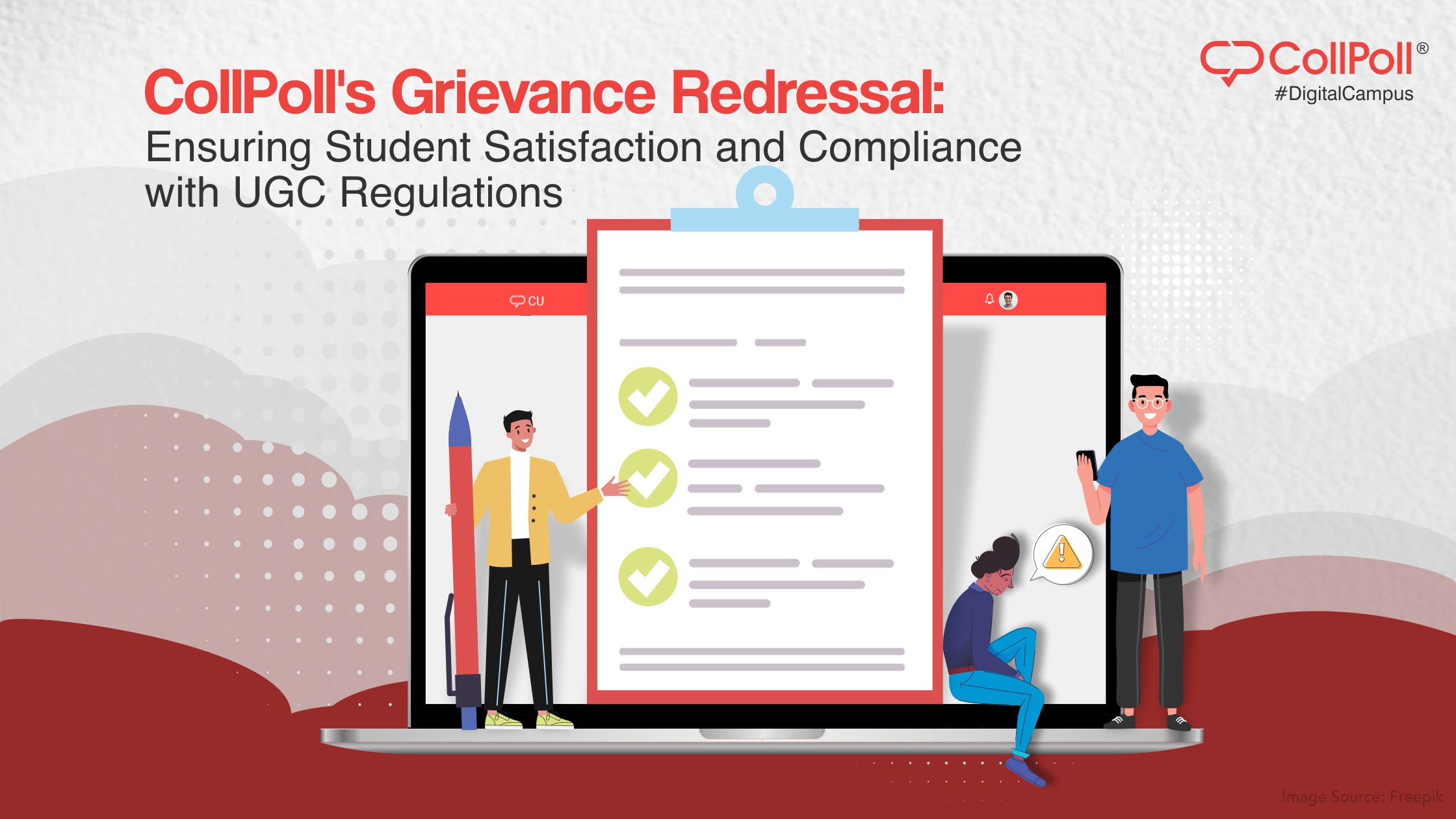Student life is full of pressures: assignments, examinations, placement interviews, and so on. And educators and student mentors are well aware of this fact. Given how closely they work with students, it is imperative for these professionals to spot the signs of emotional distress in young adults and to support them accordingly.
In this article, we will learn about the principles of administering emotional first aid to someone.
Who Is The Recipient and Giver of Emotional First Aid?
Emotional first aid is offered to a person who is on the verge of developing a mental health problem, experiencing a worsening of an existing mental health problem, or in a mental health crisis
People who offer emotional first aid are typically either members of the affected person’s social network (parents, classmates, friends) or people from the field of academia (e.g., teachers, mentors, or school/college administrators).
First aid is not the same as professional counselling. It is a way to ensure the person’s safety and giving them emotional comfort for their immediate needs, so that they can eventually be directed to the appropriate channels for further assistance.
Principles of Offering Emotional First Aid
Before being able to give emotional first aid, first-aid givers need some basic knowledge about mental health problems so that they may be able to recognise that a student might be struggling. Knowing the symptoms of mental distress – such as sadness, isolation, unexplained weight or sleep problems etc. – can help you identify the issue better.
There are plenty of mental health resources available online that can help you improve your knowledge about the symptoms of mental health conditions like depression, anxiety, eating disorders, obsessive compulsive disorder, bipolar disorder, etc. As a first step, do read up on these before putting the following steps in action.
Principle 1: Make a Connection With The Person
There is no need to wait for an affected person to approach you. It is okay for you to make the first move. A simple greeting by introducing yourself with your name (in case you don’t know each other well) is usually sufficient. Or, if you have known the person for some time, then asking about generic wellbeing will be sufficient. This will help you make the connection personal.
Make sure to pay attention to the person while they are talking to you. If the person is not comfortable connecting with you, accept that and let them know where they can reach out to you when they feel like connecting again.
Principle 2: Help Them Feel Safe
After undergoing emotional distress or a crisis, some people might be concerned about their safety or the safety of others around them. There can also be incidents where the student might have unintentionally placed themselves in dangerous situations.
It is important for you as an emotional health first aid-giver to assist the person to feel safe and calm and, if necessary, to call for medical assistance. It is also important for the aid-giver to be aware of their surroundings, and enter the place or scenario only when they are sure that it is safe, and not risk themselves during emergencies.
![]()
Principle 3: Be Compassionate
Everybody benefits from compassion and kindness. A simple gesture like handing someone a bottle of water or letting them know that the aid-giver is available to talk will establish a trusting and kind environment.
Even if the student has difficulty opening up, speaking in a calm voice can help them remain calm. Hence pay attention to your body language and make sure it isn’t judgemental or harsh. And if you inadvertently say something inappropriate, just apologise to the person and clarify that your intention is to help them.
Principle 4: Listen Deeply
Every individual reacts differently under stress. Some prefer to talk about it and some prefer to keep to themselves or only talk to people whom they know. It’s important for the aid-giver to not pry if the person doesn’t wish to talk.
With those who can open up and talk, the aid-giver needs to be attentive and listen carefully. Not being distracted or interfering with what they are talking about and just being there and not saying anything can be comforting to someone in distress.
Principle 5: Reassuring and Coping
The individual who is mentally distressed may lose hope and feel helpless. Hence, it is essential to reassure them that even though the present situation seems grim, it will improve soon.
Providing them with accurate, positive information about the event can help. You may not be able to resolve the person’s difficulties, but you can help them access professional help (e.g., a therapist, helpline, or a doctor) or find the appropriate information or resources that they need.
If you are on good terms with the student already, you can consider letting their family know. But this could be a violation of their privacy, and should only be done when you believe that the person is in bad shape or is unlikely to seek help on their own.
We hope that these principles of emotional first aid were helpful. By looking out for and supporting each other – whether students or co-workers – we can enable distressed individuals to get the assistance they need. Doing so also paves the way for mentally healthier campuses.
Your journey to emotional well-being begins now!
Click here to start your Emotional Wellbeing Journey
Instructions to complete the digital assessment:
- This assessment will take 10-12 mins to be completed, so set aside the required time and please give your honest response.
- Click on the link mentioned above and fill up all the details to register.
- After completing the digital assessment, you will receive a Preliminary report on your registered Email ID.





